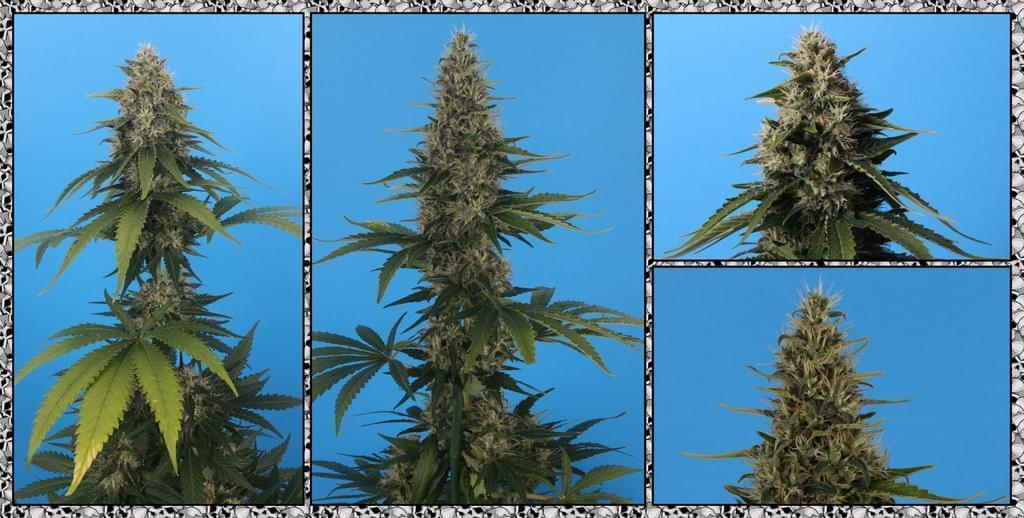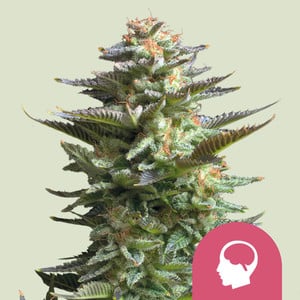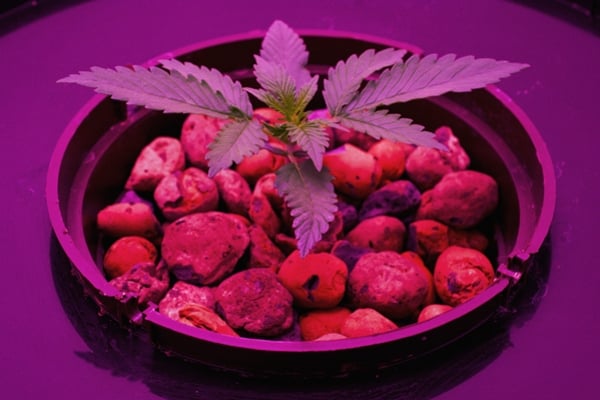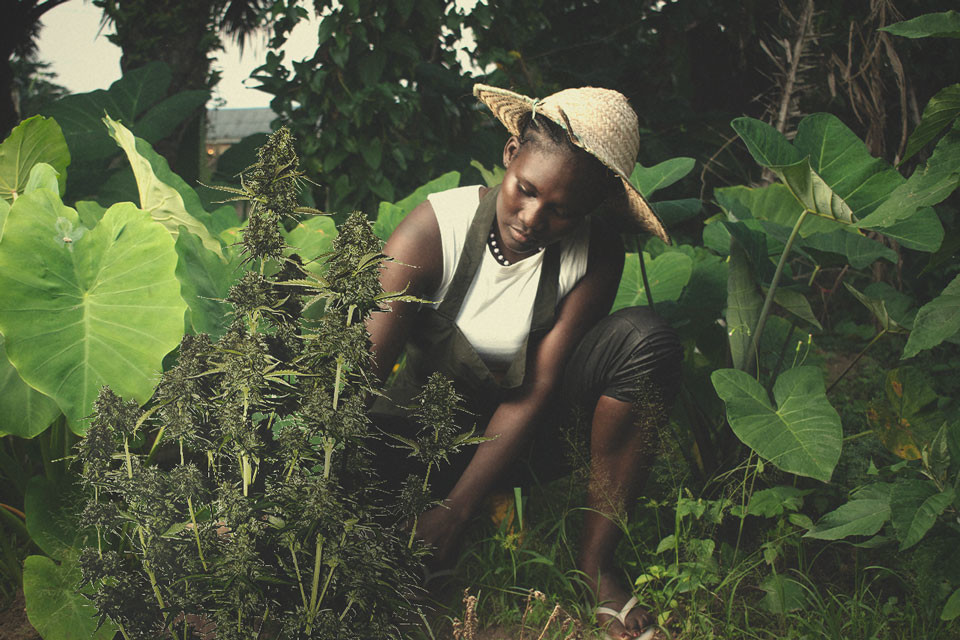.

Cannabis in Lebanon
Cannabis is a rich species of plant that offers a wealth of possibilities when you look across the globe.
The varied cultures surrounding cannabis, and the strains that develop in each individual country all contribute to the diverse experiences and applications that this plant has to offer. Lebanon is one region where cannabis has enjoyed a particularly lively and expanding history. As a connoisseur of this plant, I have enjoyed researching cannabis and ordering seeds from this part of the world in order to broaden my personal horizons and experiences.
Cannabis in Lebanon
Like much of the world, the cannabis coming to us from Lebanon primarily takes the form of hashish. Dating back to the Ottoman Empire, cannabis has enjoyed a healthy amount of cultivation in the region, particularly in the Bekaa Valley. There were times in the country's history that cannabis was even used as a viable currency. It was not until the start of the 1990's that active eradication of the substance began on a mass scale. While much of the native population has relied on this plant for a personal income, there have been many instances of abuse that related to political forces. For instance, the Syrian occupation of the region resulted in the export of cannabis primarily as a means to fund terrorism. The climate has shifted today, leaving much of the region dependent on cannabis in order to stave off poverty for the majority of the inhabitants. Cannabis in the form of hashish is shipped primarily to Europe, Africa, and the Gulf States.
The Price of Cannabis in Lebanon
At the peak of production in the 1980's, the use of cannabis and hashish was commonplace among families and locals. These individuals also relied heavily upon being involved in its production as well as the industry developing around producing hashish. This attitude towards the plant was strongest in the Bekaa Valley. However, this viewpoint has been steadily declining in the remainder of the country as organizations actively seek to have this plant associated with other illicit substances in the region such as opium. While it can be virtually impossible to buy cannabis and hashish off the street, the substance remains fairly prevalent in clubs and bars. You can expect to find medium-quality hashish for roughly $34 for every 0.4 oz. When shopping for cannabis to be smoked, prices generally settle around $200 an ounce for high-grade material. Still, seeds can be ordered directly for a considerably cheaper price.
The Quality of Cannabis in Lebanon
People turn to Lebanon for cannabis and hashish due to the quality of the harvesting and the detailed processing that is in place. The procedure is exacting for most growers. They use only female plants in combination with fine silk screens and meshes of varying sizes in order to produce the finest dust for pressing. The dust is compressed in the winter using industrial equipment and fine fibers such as cotton in order to produce the actual blocks.
Cannabis Strains from Lebanon
Hashish of an extraordinary grade can be found coming out of Lebanon. Among the most well-known varieties are Royal Moby, a hash made using late harvest plants. People also enjoy using some of the lighter hashish that is famous in the region. This variety is made using trichomes that have not reached full maturity. It is generally referred to as Amnesia Haze, a variety whose effects are intensely cerebral in nature.
Amnesia Haze
|
|
Original Amnesia Haze |
|
|
21 to 23 oz/m² |
|
|
3 to 5 feet |
|
|
10 - 11 weeks |
|
|
THC: 22% |
|
|
Sativa 70% Indica 30% |
|
|
23 to 25 oz/plant |
|
|
6 to 7 feet |
|
|
Late October |
|
|
Long Lasting , Physically Relaxing, Powerful |







































